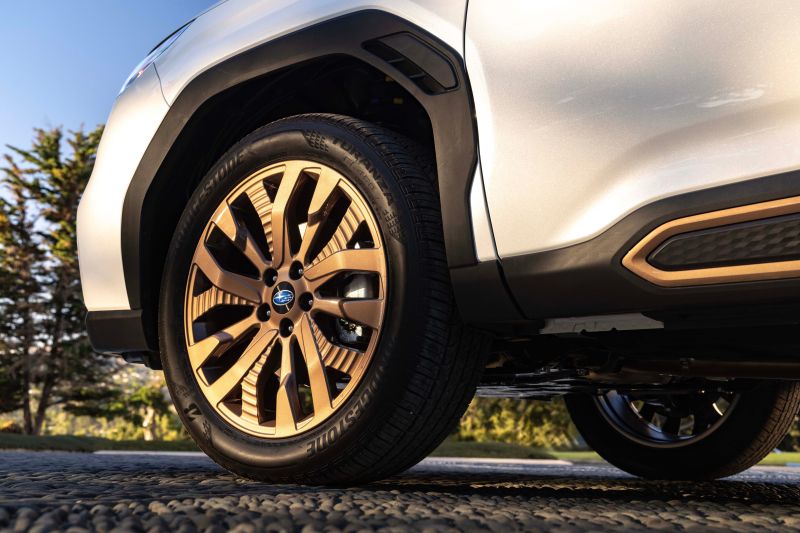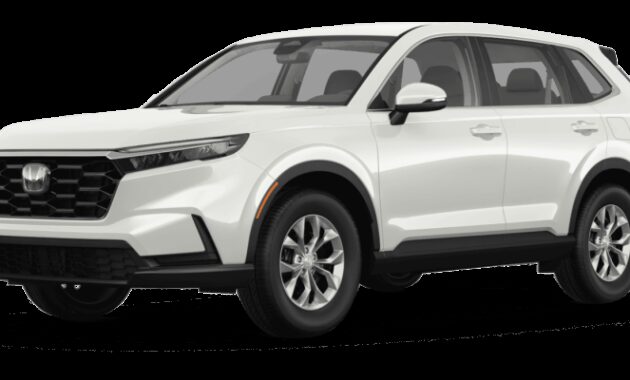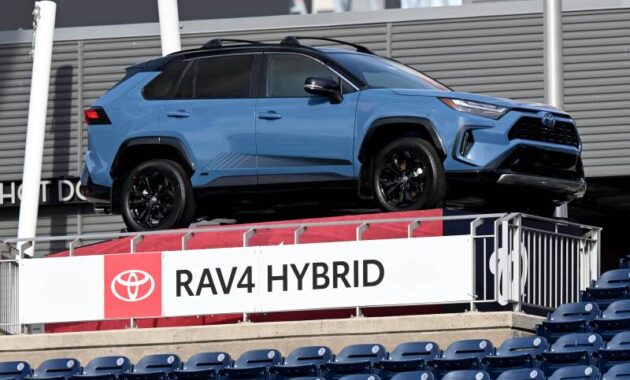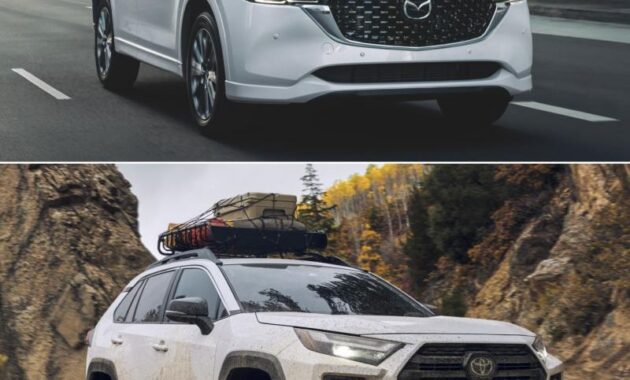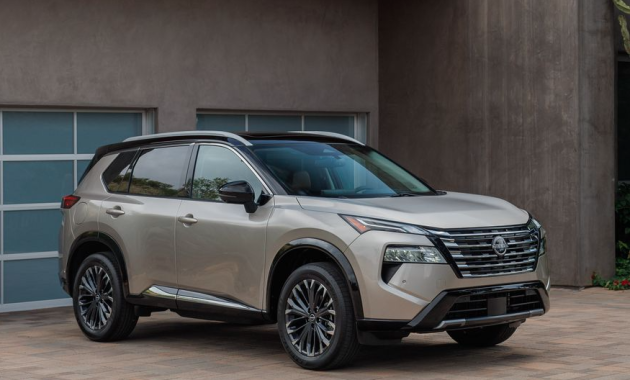The 2025 Subaru Forester – renowned for its versatility, dependability, and practicality, has been a fixture in the small SUV market for many years. Subaru maintains its reputation of providing its devoted clients with exactly what they want, even with some notable revisions for the 2025 model. The new model stays loyal to the brand’s philosophy of steady, dependable progression even though it lacks revolutionary features like a third-row seating option or a turbocharged engine borrowed from the WRX.
Table of Contents
ToggleA Continuation of Core Strengths Subaru Forester
The 2025 Subaru Forester improves on the qualities of its predecessor while preserving the features that have gained it popularity, such as safety, room, and ease of use. It doesn’t try to push the boundaries of sportiness or power, but it does provide a stable, well-rounded vehicle that is appealing to a broad range of consumers. For those seeking a small SUV that prioritizes functionality and comfort above aggressive design or performance, the 2025 Forester is a good option.
Subaru Forester: Design and Exterior Enhancements
The 2025 Subaru Forester appears more contemporary and fashionable at first look while having the same basic size and design as earlier versions. The front end has a somewhat more aggressive appearance thanks to the revised headlamps, bigger grille, and more noticeable emblems. Flared wheel arches and black trim on the A- and D-pillars give the vehicle a tough appearance, while the partially transparent taillights on the back end modernize the design.

Base, Premium, Sport, Limited, and Touring are the available trim levels for 2025; these models differ slightly in terms of amenities and styling. Notably, the portfolio will soon include the much awaited Wilderness model, which is renowned for its off-road prowess, and the Forester Hybrid, which was previously exclusive to Europe. These additions will help to increase the Forester’s appeal.
Performance and Powertrain
The 2.5-liter naturally aspirated four-cylinder engine that powers the 2025 Forester produces 180 horsepower and 178 lb-ft of torque. These are low numbers; compared to the previous generation, they deliver a little bit more torque but a little less horsepower. With a 0–60 mph time of about 8.7 seconds, the Forester’s performance is similar to other non-hybrid rivals in its class, such the Honda CR-V and Toyota RAV4.
Despite the engine’s lack of revolutionary power, Subaru has concentrated on enhancing other facets of the driving experience. With improvements to noise reduction and seat comfort, the 2025 Forester is intended to be a more pleasant and peaceful vehicle on the road. All trim levels come equipped with a CVT automatic transmission that has been improved for smoother performance and, according to Subaru, will be quieter than before.
Additionally, every trim level includes Subaru’s renowned all-wheel-drive technology, which has been improved for increased responsiveness. Furthermore, all versions now come equipped with the standard Incline Start Assist technology, which stops the car from rolling backward on hills. The X-Mode dual-function system is standard for drivers who choose the Sport trim level or above, offering more off-road capabilities for drivers that are daring.
Interior and Technology
The new infotainment system, which comes with an 11.6-inch vertically oriented touchscreen on most grades, is one of the biggest changes to the 2025 Forester. This configuration, which is comparable to that of other new Subaru models like the Outback and Ascent, makes it simpler to operate and navigate thanks to its better programming and user-friendly interface.
In addition, Subaru has kept several analog temperature control buttons and volume and tuning knobs for important operations. These are now supplemented by touchscreen-based digital controls for fan speed and seat heating/ventilation. using microsuede inserts in the seats and a sophisticated DriverFocus distraction mitigation system that incorporates a function reminiscent of BMW’s Gesture Control technology, the Touring trim, in particular, provides a touch of luxury. This system allows drivers to regulate the air temperature using hand gestures.

The lowest versions have two 7.0-inch screens rather than the bigger display, even though the majority of trims include wireless Apple CarPlay and Android Auto. A popular element of the Forester, the wide glass roof, is also back, giving rear-seat passengers a panoramic vista and adding to the cabin’s airy atmosphere.
Practicality and Dimensions
For 2025, Subaru has slightly changed the Forester’s measurements. The SUV’s height and ground clearance have not altered, but it is now 0.6 inches longer and 0.5 inches wider than it was before. Cargo capacity has increased somewhat as a result of these minor adjustments, measuring 29.6 cubic feet instead of 28.9 cubic feet behind the back seats in the previous model. Despite being an improvement, this vehicle’s load capacity is still inferior to that of competitors like the Honda CR-V and Toyota RAV4.
Safety and Driving Assistance

Subaru has always placed a high premium on safety, and the 2025 Forester is no exception. The vehicle is still equipped with a full complement of cutting-edge safety systems, including as adaptive cruise control, lane-keeping assistance, and pre-collision braking from Subaru’s EyeSight driver-support technology. More safety measures are added to higher trims, such the Touring model, which does not have a front-wheel center view but does have a 360-degree video system.
Future Models: Wilderness and Hybrid
In the future, the Wilderness and Hybrid versions will join the Forester roster, expanding it. It is anticipated that the Wilderness model would appeal to off-road aficionados, with improved features and a tough design that better fit off-road excursions. Customers who are concerned about the environment will be drawn to the hybrid model, which is currently available in Europe and offers better fuel economy and less emissions.
Conclusion
Though it might not be the most innovative or thrilling small SUV available, the 2025 Subaru Forester still offers the features that have made it a customer favorite: safety, dependability, and practicality. The Forester has undergone deliberate modifications to improve its driving experience, technology, and appearance, making it a competitive vehicle in a saturated market. With the impending release of the Wilderness and Hybrid variants, Subaru is continuing to enhance and broaden the Forester portfolio, positioning this SUV to appeal to a wide spectrum of consumers.

